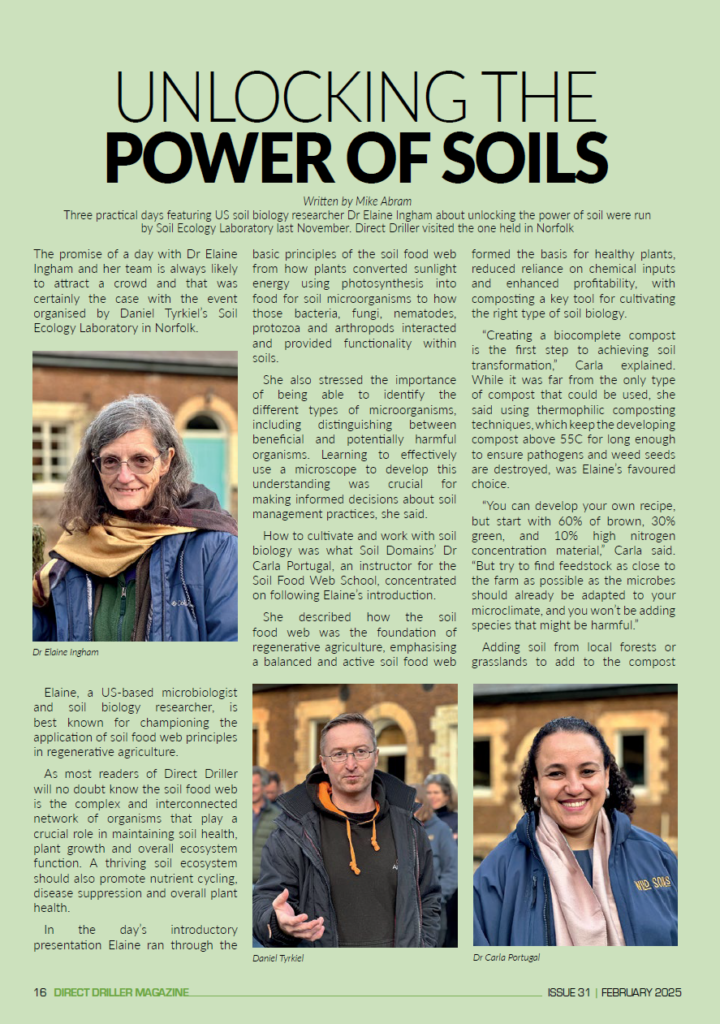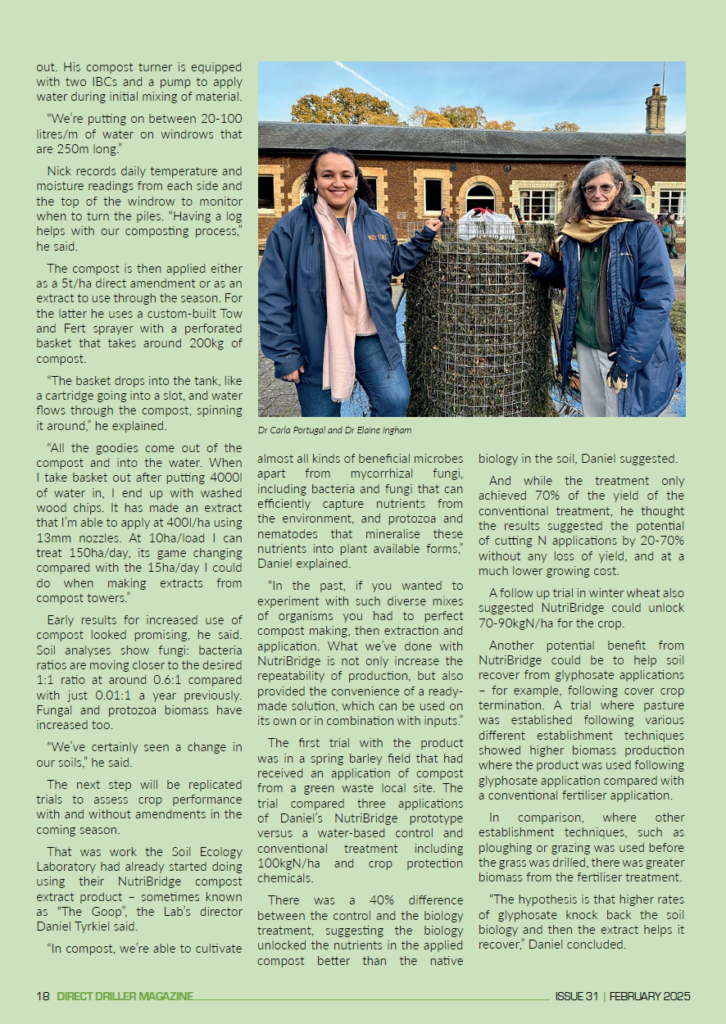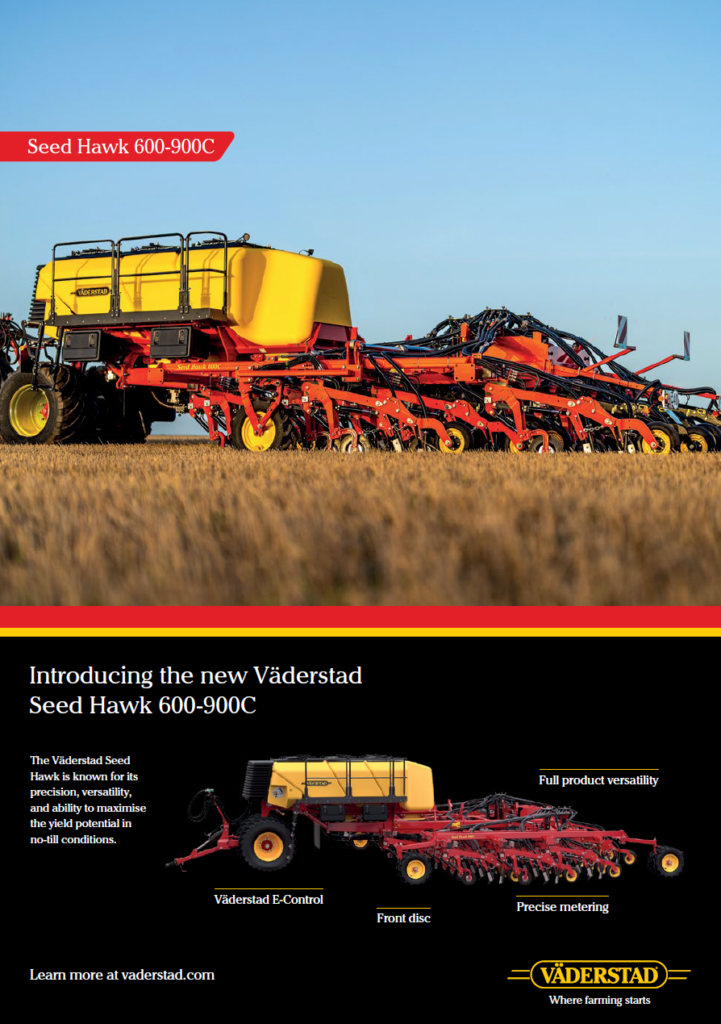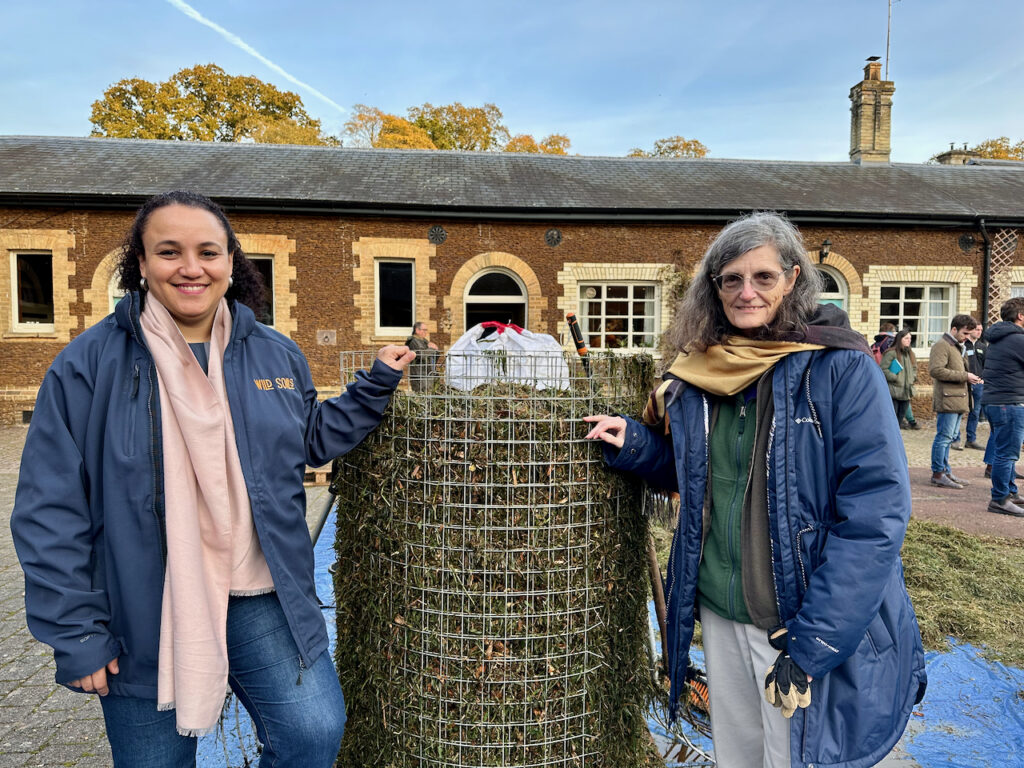Three practical days featuring US soil biology researcher Dr Elaine Ingham about unlocking the power of soil were run by Soil Ecology Laboratory last November. Direct Driller visited the one held in Norfolk
The promise of a day with Dr Elaine Ingham and her team is always likely to attract a crowd and that was certainly the case with the event organised by Daniel Tyrkiel’s Soil Ecology Laboratory in Norfolk.
Elaine, a US-based microbiologist and soil biology researcher, is best known for championing the application of soil food web principles in regenerative agriculture.
As most readers of Direct Driller will no doubt know the soil food web is the complex and interconnected network of organisms that play a crucial role in maintaining soil health, plant growth and overall ecosystem function. A thriving soil ecosystem should also promote nutrient cycling, disease suppression and overall plant health.
In the day’s introductory presentation Elaine ran through the basic principles of the soil food web from how plants converted sunlight energy using photosynthesis into food for soil microorganisms to how those bacteria, fungi, nematodes, protozoa and arthropods interacted and provided functionality within soils.
She also stressed the importance of being able to identify the different types of microorganisms, including distinguishing between beneficial and potentially harmful organisms. Learning to effectively use a microscope to develop this understanding was crucial for making informed decisions about soil management practices, she said.
How to cultivate and work with soil biology was what Soil Domains’ Dr Carla Portugal, an instructor for the Soil Food Web School, concentrated on following Elaine’s introduction.
She described how the soil food web was the foundation of regenerative agriculture, emphasising a balanced and active soil food web formed the basis for healthy plants, reduced reliance on chemical inputs and enhanced profitability, with composting a key tool for cultivating the right type of soil biology.
“Creating a biocomplete compost is the first step to achieving soil transformation,” Carla explained. While it was far from the only type of compost that could be used, she said using thermophilic composting techniques, which keep the developing compost above 55C for long enough to ensure pathogens and weed seeds are destroyed, was Elaine’s favoured choice.
“You can develop your own recipe, but start with 60% of brown, 30% green, and 10% high nitrogen concentration material,” Carla said. “But try to find feedstock as close to the farm as possible as the microbes should already be adapted to your microclimate, and you won’t be adding species that might be harmful.”
Adding soil from local forests or grasslands to add to the compost could also be helpful, she suggested.
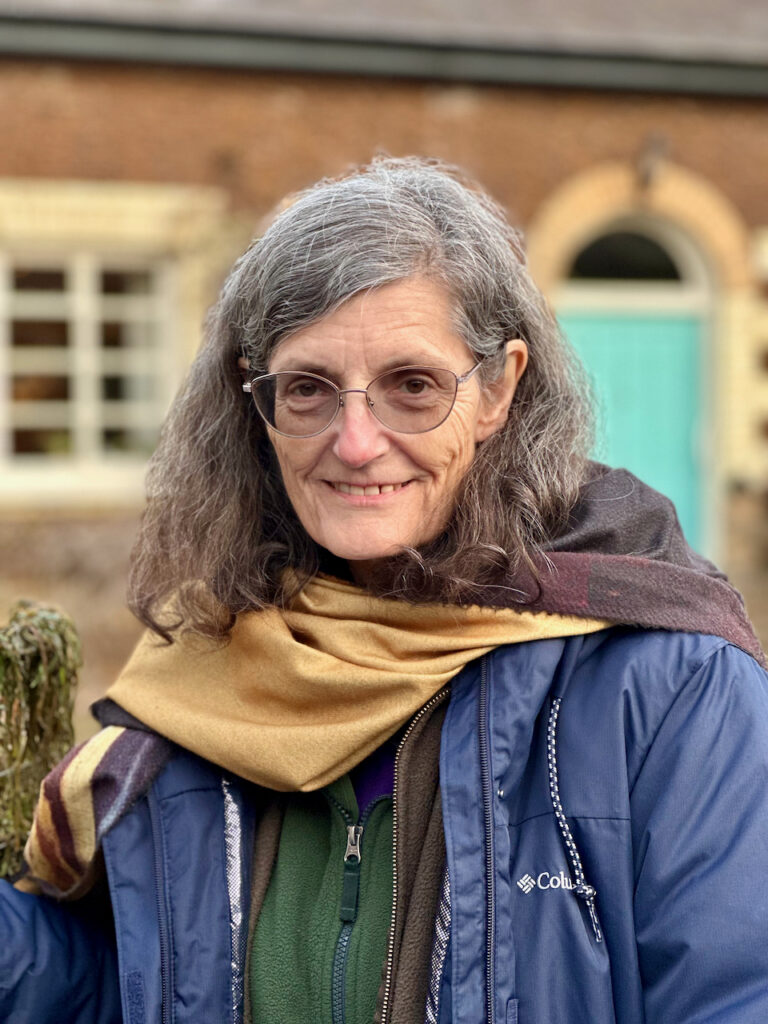

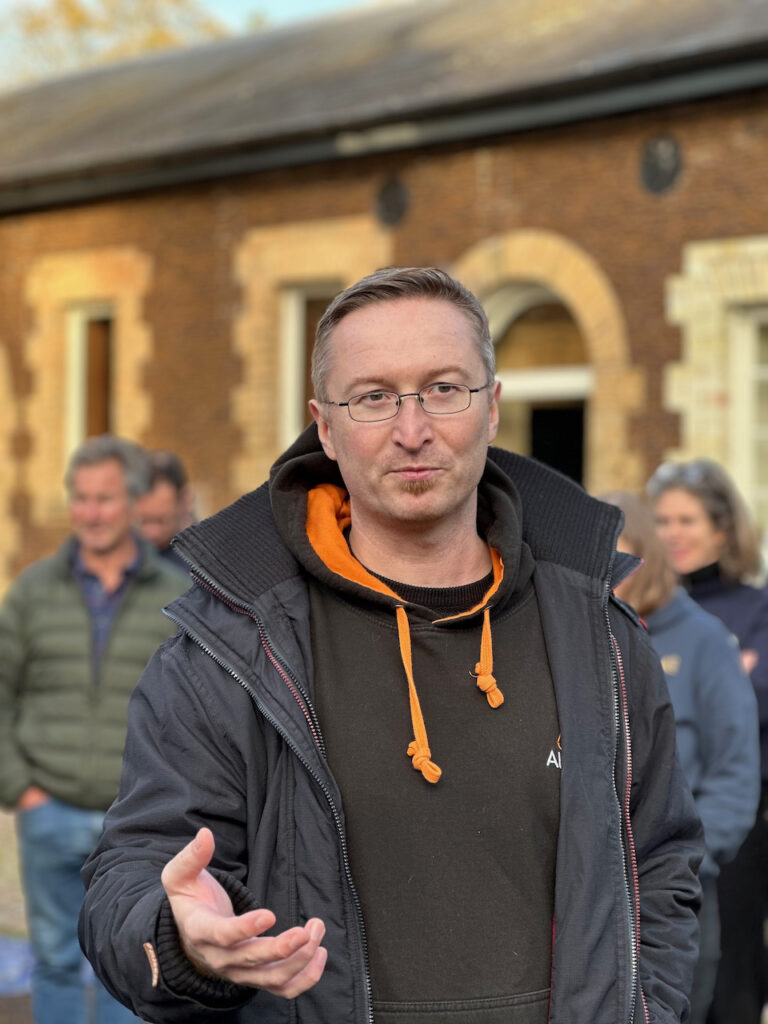
Typically piles will need turning at least three times after reaching a minimum temperature of 55C in the centre. She presented guidelines suggesting turning compost piles after 72 hours of temperatures between 55C and 63C; 48 hours for piles between 63C and 67C; 24 hours between 67C and 72C. If temperatures reach above 72C they should be turned immediately or within 12 hours if that’s not possible.
After turning a few times, the pile will reach stage two – the mesophilic stage – when the temperature will reduce, and the compost matures. “This is when the biology settles down, and also the nutrients will stabilise,” Carla said.
Check the microbial composition of the final compost or extract under a microscope, she stressed. “That’s the guide to telling you if you’re on the right track or if you can improve. And if you learn with the microscope what is missing from your soils, you can tailor your amendments to replenish that missing biology.”
That was what Nick Padwick has started to do on the arable land at Ken Hill Farm and Estate in west Norfolk.
With a strong remit to implement regenerative agricultural practices on the farm since his arrival as farm manager in 2018, he sought guidance from Elaine and the Soil Food Web School team after becoming frustrated with the time it took to get results from conventional soil analyses and their accuracy.
Having completed the Foundation course, which provides background to soil science and biology and application methods in a series of 63 online lectures, he followed up taking the consultant training programme which puts the theoretical into practice.
A key aim where growing cereals is to have approximately equivalent amounts of fungi and bacterial biomass in the soil, with higher microbial biomass levels contributing to higher yields, better retention of nutrients, deeper root growth and more organic matter sequestration.
But like the majority of the 400 soil samples he has analysed from other farms as part of his new consultancy Wild Soils, he found his soils were bacterial dominant, with low fungi and protozoa counts.
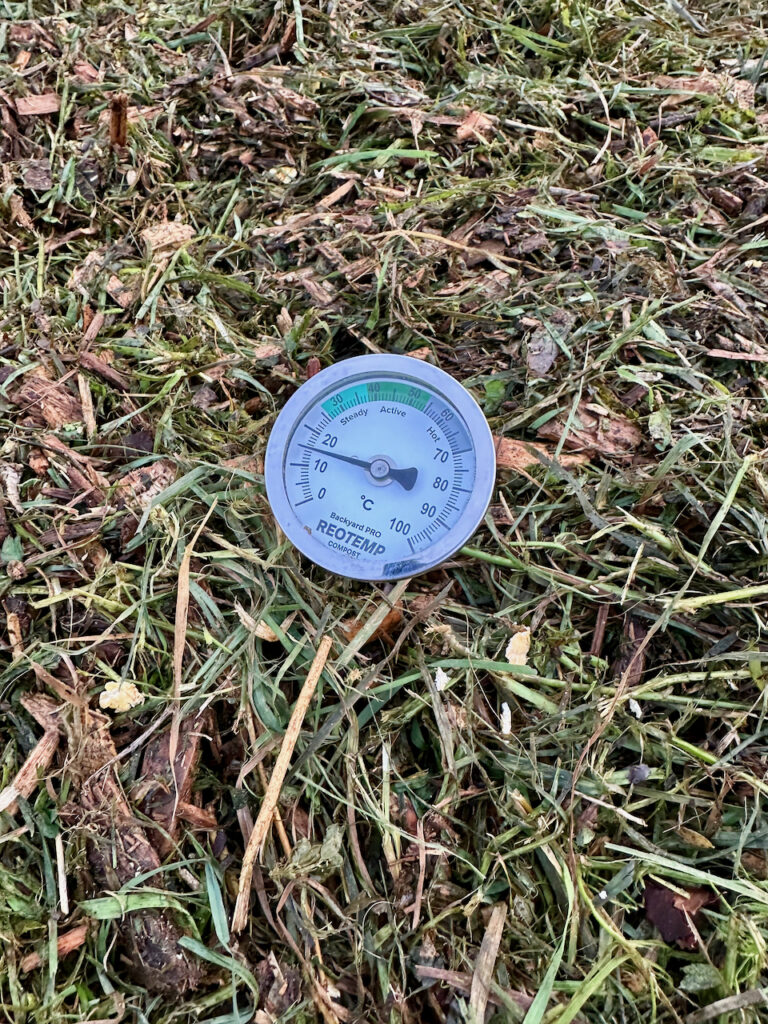
Nick explained he began making compost in relatively small-scale circular wire mesh towers, but quickly realised that he would need to scale up to be able to make the volumes required for broad acres.
He uses wood chips sourced from woodland areas on the farm as his brown material, while herbal leys and clover understories grown within SFI / Countryside Stewardship schemes have proved to be a good source of high nitrogen and green material.
“I’ve planted the herbal ley so that it is clover or nitrogen dominant, with some grasses, to hopefully get the right diversity of green and high N material in the windrow,” he explained.
When laying out the windrow, Nick stressed the importance of having enough moisture – when squeezed a couple of drops of water should come out. His compost turner is equipped with two IBCs and a pump to apply water during initial mixing of material.
“We’re putting on between 20-100 litres/m of water on windrows that are 250m long.”
Nick records daily temperature and moisture readings from each side and the top of the windrow to monitor when to turn the piles. “Having a log helps with our composting process,” he said.
The compost is then applied either as a 5t/ha direct amendment or as an extract to use through the season. For the latter he uses a custom-built Tow and Fert sprayer with a perforated basket that takes around 200kg of compost.
“The basket drops into the tank, like a cartridge going into a slot, and water flows through the compost, spinning it around,” he explained.
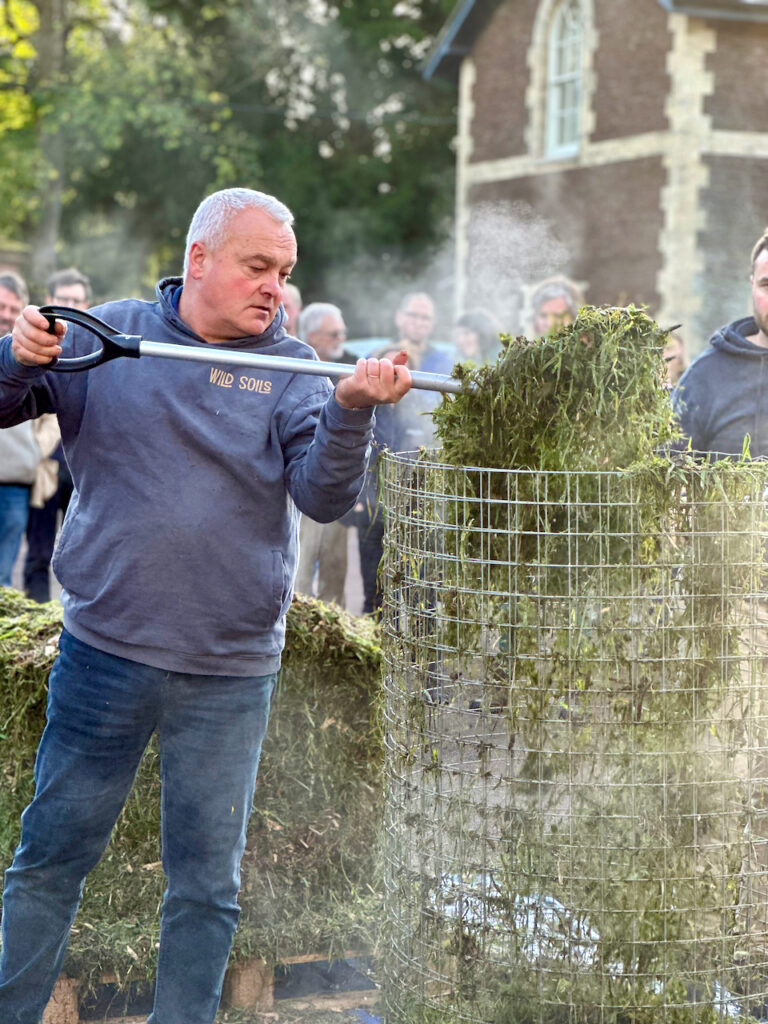
“All the goodies come out of the compost and into the water. When I take basket out after putting 4000l of water in, I end up with washed wood chips. It has made an extract that I’m able to apply at 400l/ha using 13mm nozzles. At 10ha/load I can treat 150ha/day, its game changing compared with the 15ha/day I could do when making extracts from compost towers.”
Early results for increased use of compost looked promising, he said. Soil analyses show fungi: bacteria ratios are moving closer to the desired 1:1 ratio at around 0.6:1 compared with just 0.01:1 a year previously. Fungal and protozoa biomass have increased too.
“We’ve certainly seen a change in our soils,” he said.
The next step will be replicated trials to assess crop performance with and without amendments in the coming season.
That was work the Soil Ecology Laboratory had already started doing using their NutriBridge compost extract product – sometimes known as “The Goop”, the Lab’s director Daniel Tyrkiel said.
“In compost, we’re able to cultivate almost all kinds of beneficial microbes apart from mycorrhizal fungi, including bacteria and fungi that can efficiently capture nutrients from the environment, and protozoa and nematodes that mineralise these nutrients into plant available forms,” Daniel explained.
“In the past, if you wanted to experiment with such diverse mixes of organisms you had to perfect compost making, then extraction and application. What we’ve done with NutriBridge is not only increase the repeatability of production, but also provided the convenience of a ready-made solution, which can be used on its own or in combination with inputs.”
The first trial with the product was in a spring barley field that had received an application of compost from a green waste local site. The trial compared three applications of Daniel’s NutriBridge prototype versus a water-based control and conventional treatment including 100kgN/ha and crop protection chemicals.
There was a 40% difference between the control and the biology treatment, suggesting the biology unlocked the nutrients in the applied compost better than the native biology in the soil, Daniel suggested.
And while the treatment only achieved 70% of the yield of the conventional treatment, he thought the results suggested the potential of cutting N applications by 20-70% without any loss of yield, and at a much lower growing cost.
A follow up trial in winter wheat also suggested NutriBridge could unlock 70-90kgN/ha for the crop.
Another potential benefit from NutriBridge could be to help soil recover from glyphosate applications – for example, following cover crop termination. A trial where pasture was established following various different establishment techniques showed higher biomass production where the product was used following glyphosate application compared with a conventional fertiliser application.
In comparison, where other establishment techniques, such as ploughing or grazing was used before the grass was drilled, there was greater biomass from the fertiliser treatment.
“The hypothesis is that higher rates of glyphosate knock back the soil biology and then the extract helps it recover,” Daniel concluded.
